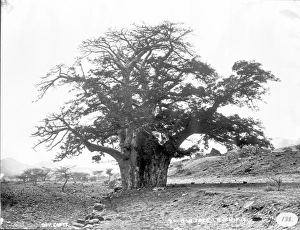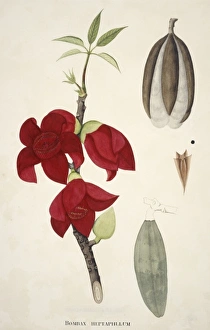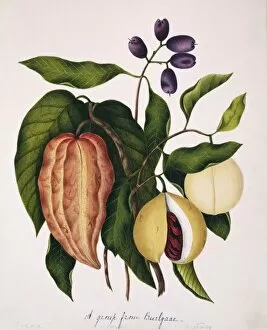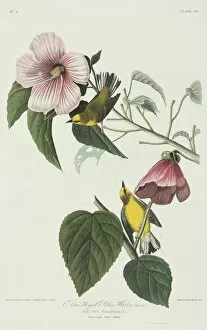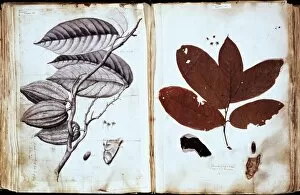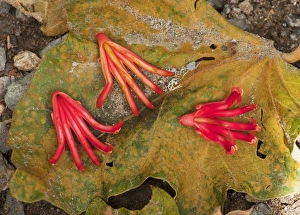Malvaceae Collection (page 6)
Malvaceae, also known as the mallow family, is a diverse group of flowering plants that includes some well-known species
All Professionally Made to Order for Quick Shipping
Malvaceae, also known as the mallow family, is a diverse group of flowering plants that includes some well-known species. One such member is Gossypium barbadense, commonly known as the cotton plant. This plant produces soft and fluffy fibers that are used to make various textiles. Another interesting member is Durio zibethinus, which bears the infamous durian fruit. Known for its strong odor and thorny exterior, this tropical fruit has a unique taste loved by many in Southeast Asia. In the enchanting Andean cloud forest of Ecuador's Tandayapa region, you can find Redvein Abutilon (Abutilon pictum). Its vibrant flowers add splashes of color to this lush ecosystem in South America. Theobroma cacao, or cocoa pod, is another fascinating member of Malvaceae. This tree gives us one of our favorite treats - chocolate. The seeds inside the cocoa pod are processed into cocoa powder and butter to create delicious confections enjoyed worldwide. Althea Frutex (Hibiscus Syriacus) showcases its beauty with stunning blooms in gardens around the world. From Galaxy Garden at Paleaku Gardens Peace Sanctuary on Kona Coast to Windhoek in Namibia where Red Hibiscus flowers bloom vibrantly against arid landscapes. Tilia alba stands tall among other members with its graceful branches adorned with fragrant white flowers. It provides shade and beauty wherever it grows. Pachira aquatica, also called Malabar or Guyana chestnut, boasts large green leaves and produces intriguing woody fruits resembling chestnuts. This tree adds an exotic touch to any landscape it graces. Thespesia populnea, commonly known as portia tree or milo woodtree offers not only beautiful yellow blossoms but also durable timber used for construction purposes across coastal regions. Hollyhock (Alcea sp.


